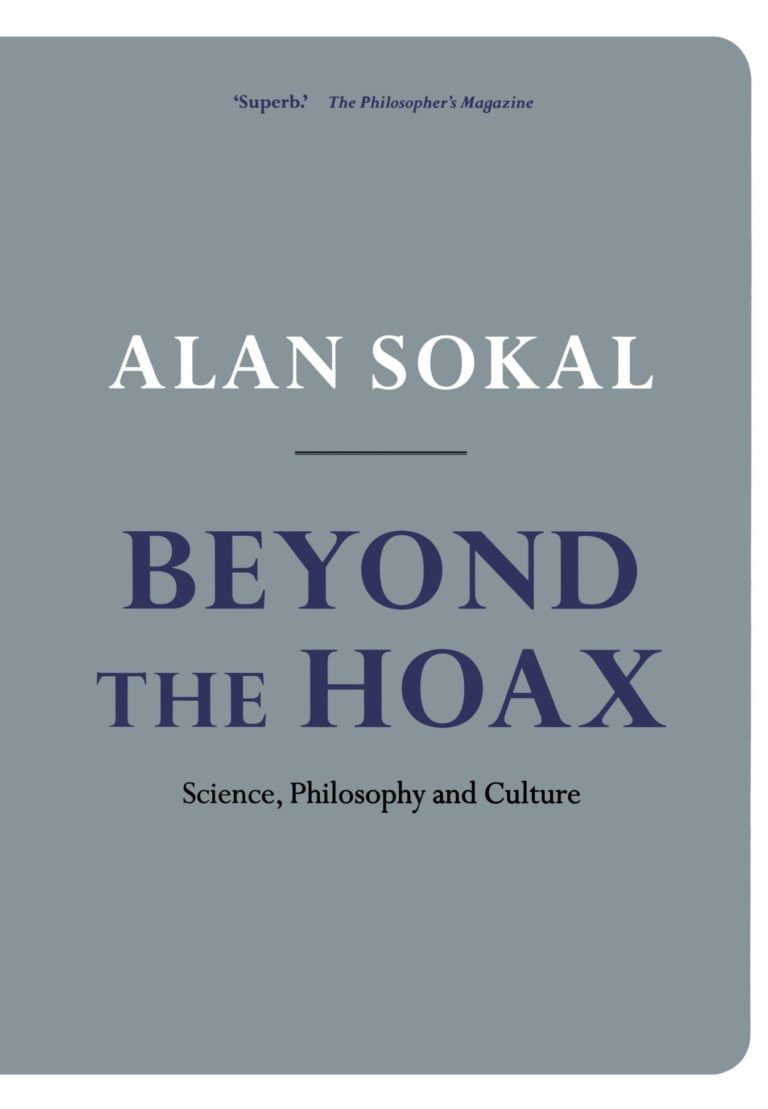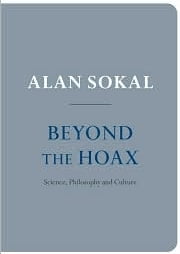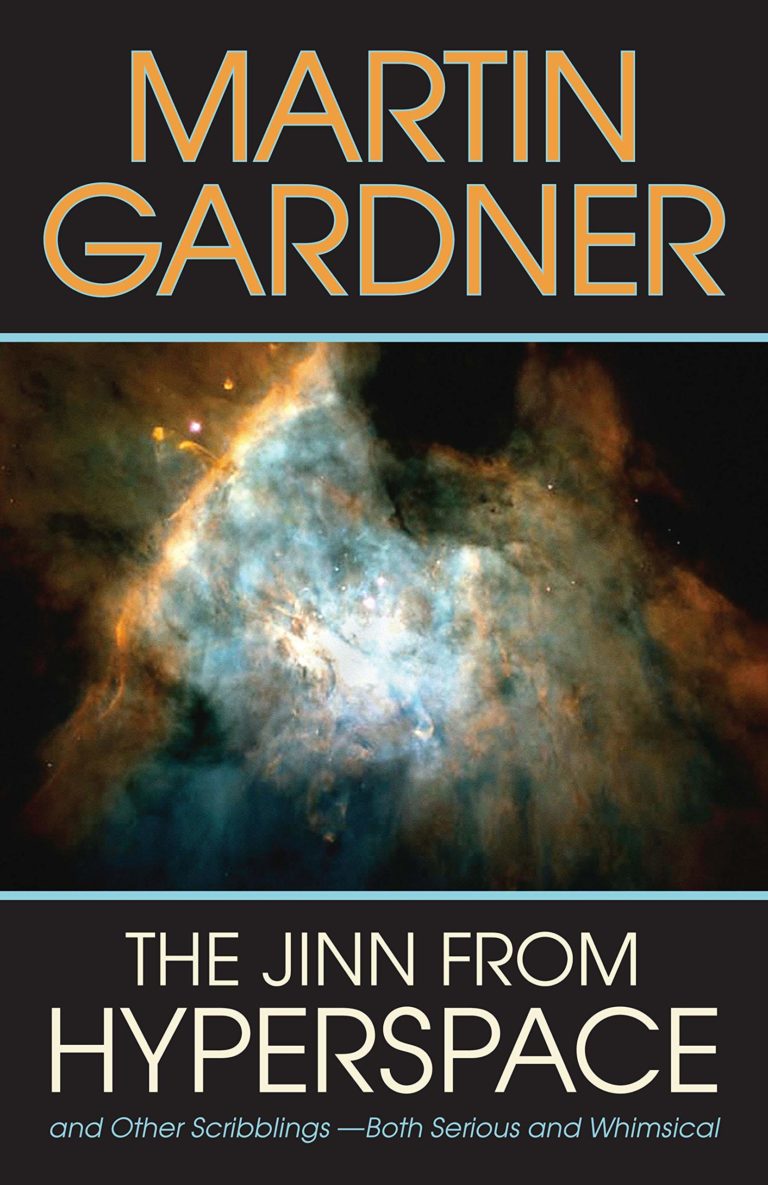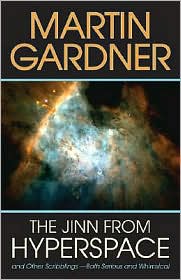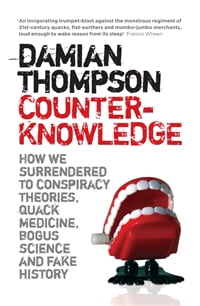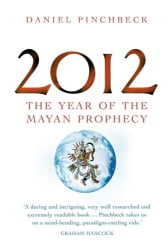In his bestseller, The Tipping Point, Malcolm Gladwell discusses the psychological and sociological factors that make some ideas an overnight success, while others simply crash and burn. Many appear out of the blue, such as new novels that move rapidly from cult status to international bestsellers. Happily for him, this was the fate of his own book. Other examples he gives are even more curious: those objects or ideas that have been around for a long while, but suddenly and unexpectedly become cool. Gladwell opens his book with the story of Hush Puppies, which became must-haves in the 1990s, after having first been adopted by the ultra-cool of Manhattan.
In Britain we are in the early stages of one of these tipping points right now. It relates to something that until about 18 months ago was seen as an uncool minority interest, but suddenly seems to have become the new rock’n’roll. It is the collection of ideas, interests and attitudes that fall within the general remit of scepticism. The umbrella term includes a commitment to critical thinking and science, a questioning of all forms of dogma and, ideally, a genuine open-mindedness and willingness to be guided by empirical evidence. Sceptics tend to be atheists or agnostics, humanists, and politically left of centre, but none of those attributes are compulsory.
Evidence for the rise of scepticism is clear. Last April, two projects I am involved with, Skeptic magazine and Skeptics in the Pub, organised An evening with James Randi and Friends in London. If you didn’t know already, James Randi would be the patron saint of scepticism if sceptics were allowed to have patron saints. The support acts that evening included Richard Wiseman, Sue Blackmore and Ben Goldacre. Tickets sold out within a few days – around 450 of them. I suspect the success of that evening was an important factor in persuading Randi to hold his next Amazing Meeting in London in early October this year.
Then there is the runaway success of last year’s Nine Lessons and Carols for Godless People: A Rational Celebration for Christmas organized by Robin Ince. Featuring a stellar cast of Richard Dawkins, Ricky Gervais, Tim Minchin, Mark Thomas and Ince himself, tickets for the first event sold out so fast that two additional shows had to be arranged to meet demand. There is a real sense of community at these events. You feel like you are among your own kind of people. It’s probably the nearest many of us will get to a sense of religious belonging.
This sense of an active sceptical community is building. We all read about the unexpected success of the atheist bus campaign. With it came a sense of belonging, a sense that at last atheists and agnostics had a voice. Meanwhile Skeptics in the Pub events are cropping up around the UK, from Leicester and Edinburgh to Leeds and Birmingham and internationally are springing into existence almost by the hour.
What might be behind this sudden rise of scepticism? A number of possible triggers spring to mind, but I’d be interested to hear what others think. First, there is no doubt that religion is a hot topic, and has brought prominent arguments against it from the likes of Richard Dawkins and Christopher Hitchens. Recent atrocities committed in the name of religion have led those of little or no faith to openly question why religious views have traditionally been granted some sort of special protected status as being beyond criticism.
More broadly, a band of highly articulate and entertaining commentators, such as Gervais, Charlie Brooker, Minchin, and Ince now actively advocate a sceptical agenda in their work. The use of humour in presenting their arguments is very effective in pointing out some of the more absurd aspects of religion, the paranormal, and the New Age. As HL Mencken once famously remarked, “One horse-laugh is worth ten thousand syllogisms. It is not only more effective; it is also vastly more intelligent.”
And we can never neglect the role of the internet. It may have been a coincidence, but attendance at Skeptics in the Pub took off dramatically after the organisation ventured onto Facebook. Perhaps we should now try Twitter too. There are now numerous websites for the seriously sceptical, and among my favourites are the Skeptic’s Dictionary, James Randi Educational Foundation, the Center for Inquiry, Skepchick, UK Skeptics, the Association for Skeptical Enquiry and, dare I say, my own department, the Anomalistic Psychology Research Unit (APRU).
Once the sceptical community reached a critical mass, events could be organised in the confident knowledge that enough people would turn up to ensure their success. If such events appeal to you, you might want to sign up to the APRU’s Psychology of the Paranormal email list. It’s free and we’ll keep you informed of events of interest, including our own Invited Speaker Series, with forthcoming talks by Nick Pope, Bernard Carr, and Simon Singh, and some interesting events organised by the London Centre for Inquiry, including one-day events dealing with God in the Lab and Science and Religion.
Whatever factors may have combined in sociologically interesting ways to produce the rise of modern scepticism, it is to be welcomed. It is not just about giving previously isolated geeks a sense of community, it is about promoting critical thinking as widely as possible throughout society. We live in an age where companies advertise products on the basis of fake science, alternative therapists sell pseudoscientific and unproven treatments to uninformed consumers and, arguably, human greed and irrationality has brought the world to the brink of environmental and financial disaster. Not only that, but alienated religious fanatics yearn for nothing more than the death of as many non-believers as possible in their quest for personal martyrdom. Have we ever needed critical thinking more?
So where will this newfound scepticism end? Are we on the verge of a new age of enlightenment? Or is the rise in scepticism just another Hush Puppies fad that will have its moment and pass? Human beings are in many ways inherently irrational and almost certainly always will be. But we can only hope that the sceptical message continues to spread more widely and grow in influence for at least some time yet. Rationality is not our natural mode of thought. We are ruled by our emotions and by self-serving cognitive biases. But it is not overstating the case to say that our very survival may depend upon our ability to rise above that and to think differently – to address the difficult problems that we face as rationally as we possibly can.


